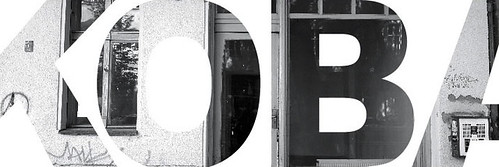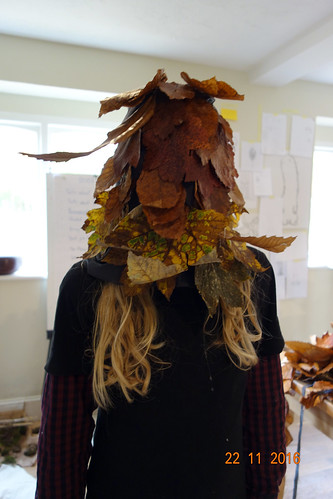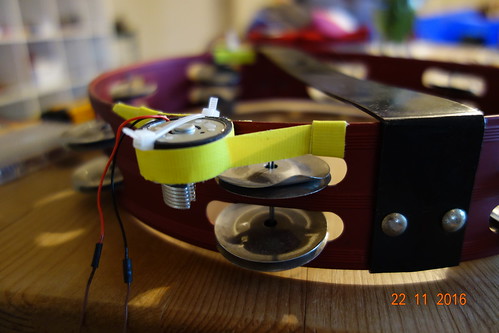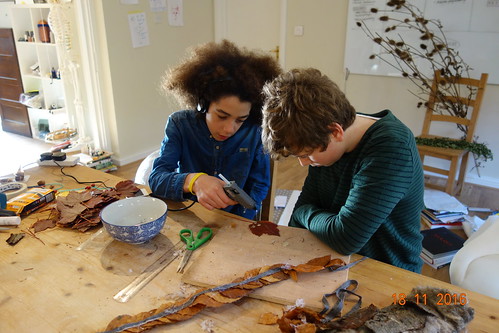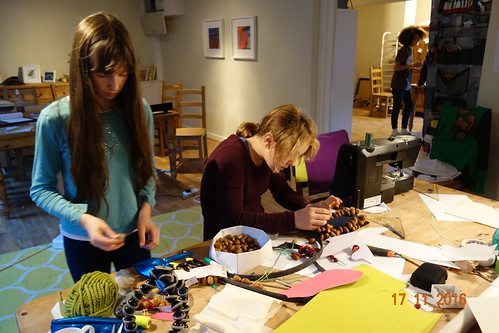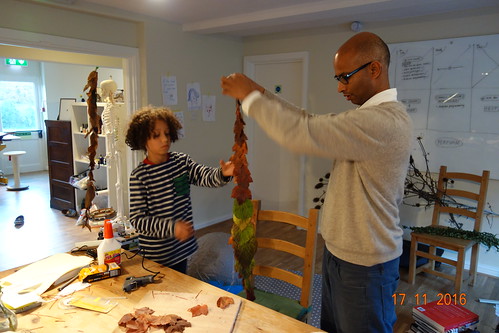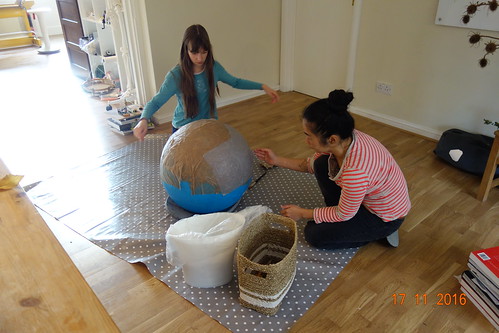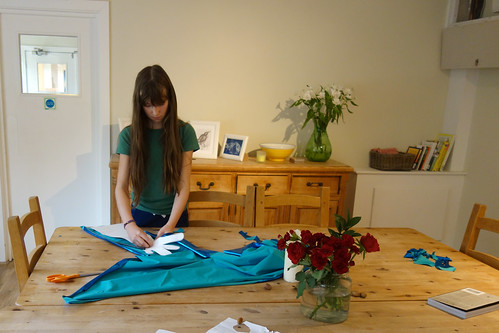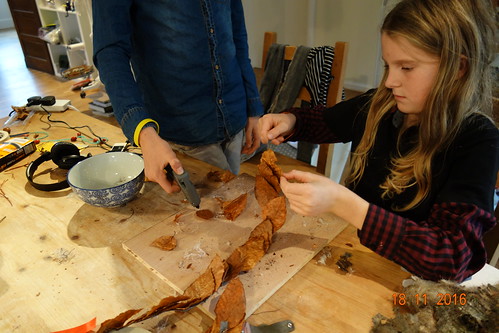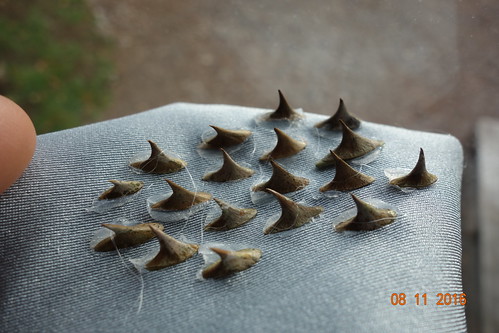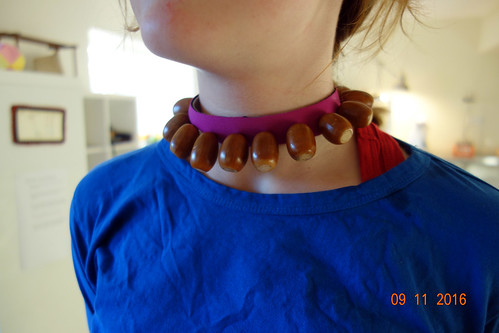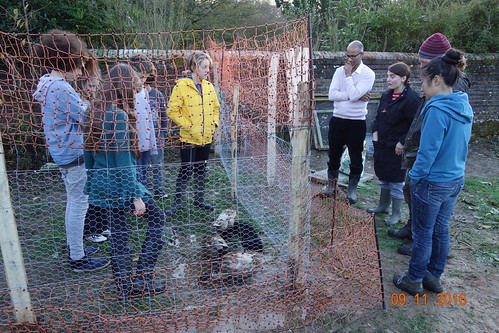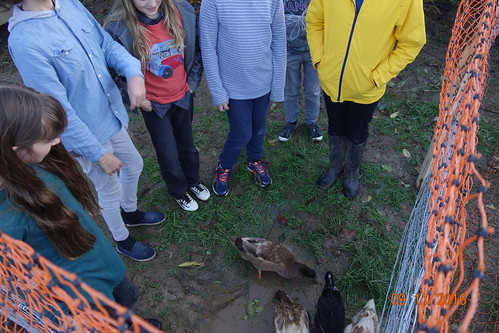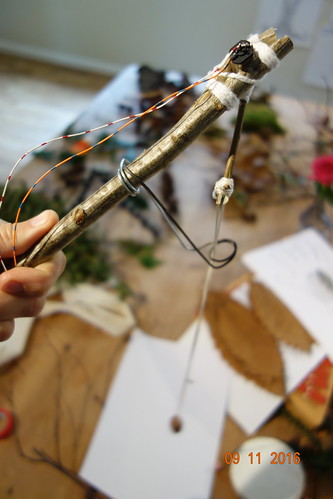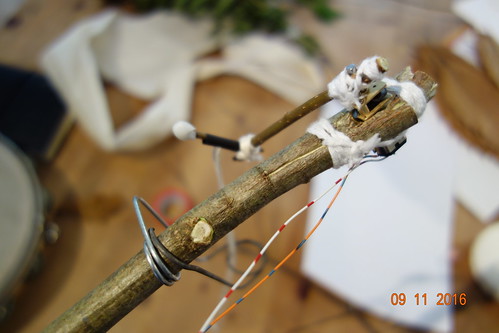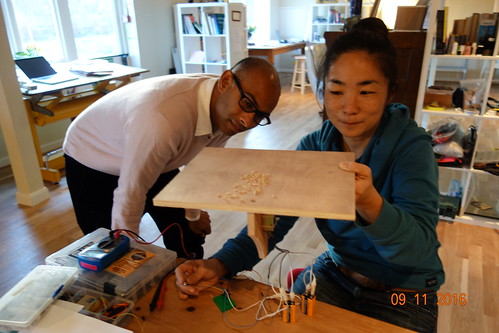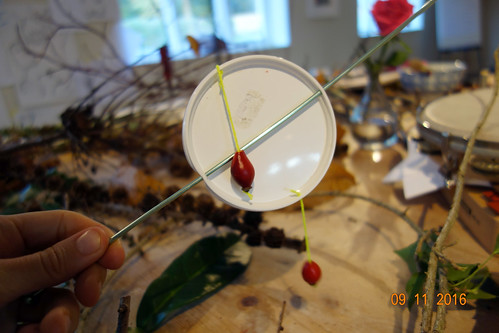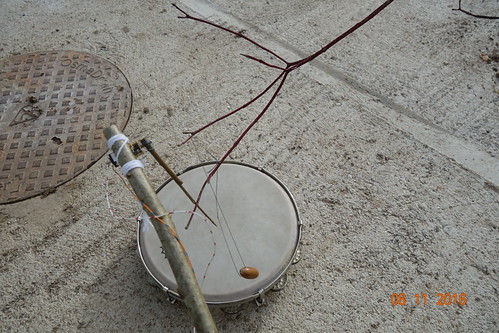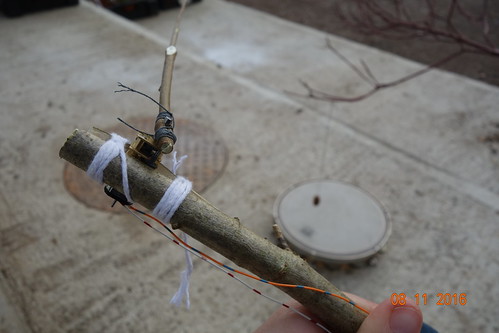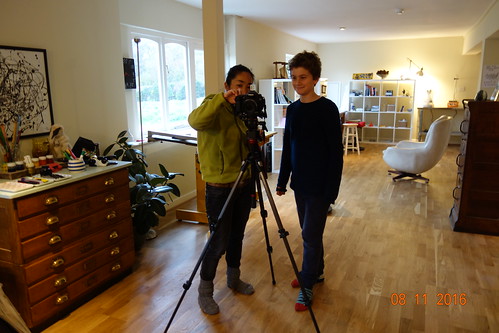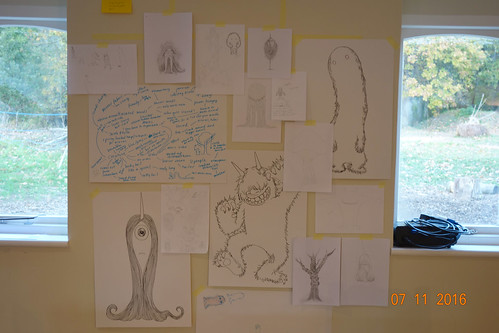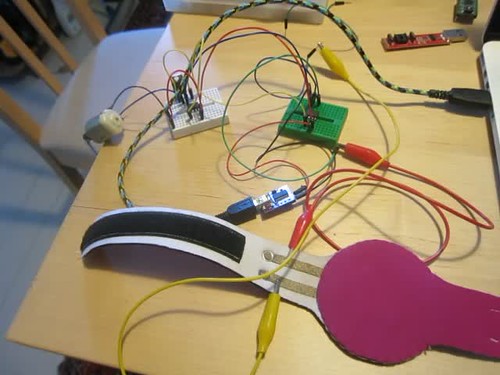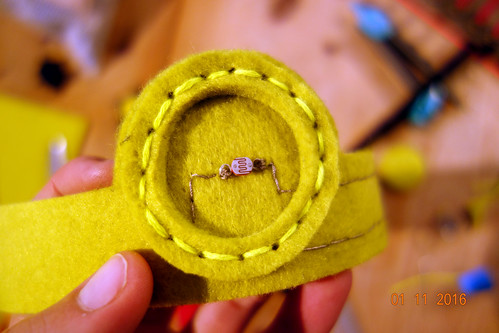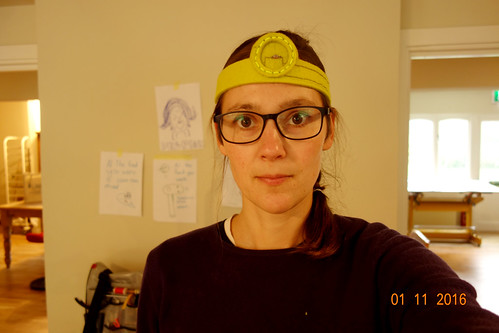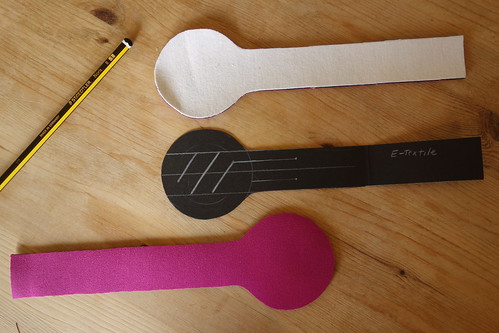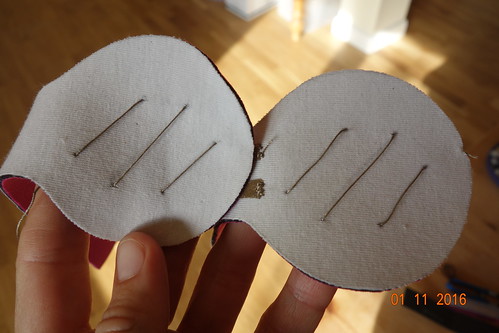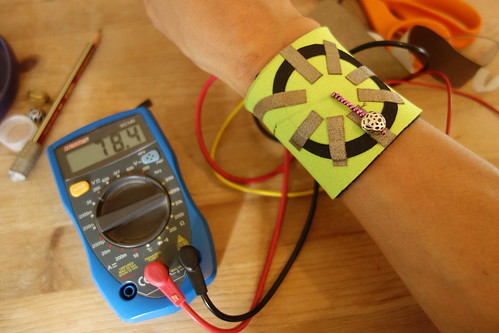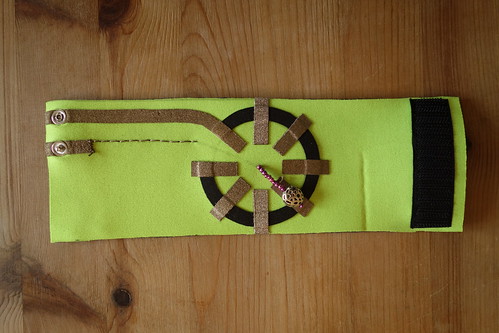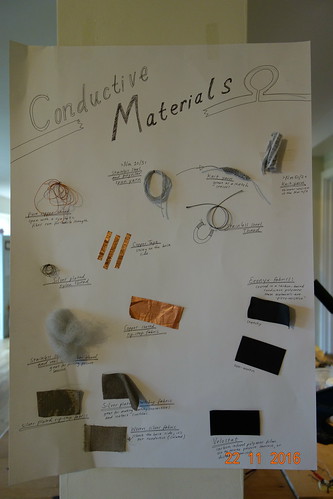Making-of: In the woods…
In Oct/Nov 2016 we were invited to spend one month at The Montessori Place to set up our studio, and work amongst the young persons community. We decided to take this opportunity to develop a project of our own and open it up to collaboration with the students.
The following documentation captures our process from day-one arriving at The Montessori Place, to day-sixteen of the performance in the woods, and day-seventeen discussing all that has happened in just under four weeks of working together.
Project page >> http://www.kobakant.at/?p=1068
Mika’s Photos >> https://www.flickr.com/photos/14412219@N04/albums/72157675029667030
Hannah’s Photos >> https://www.flickr.com/photos/plusea/albums/72157676227719145
Hannah’s YouTube Playlist >> https://www.youtube.com/playlist?list=PLxMxh4ORY0EXwiNJmfRtDF0gqAg_39L-o
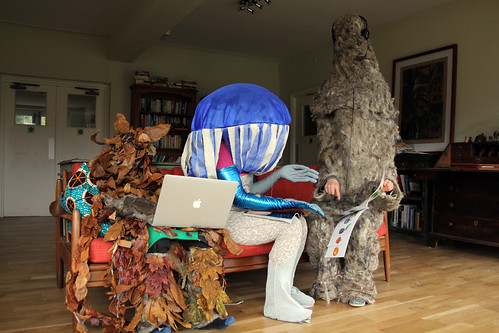
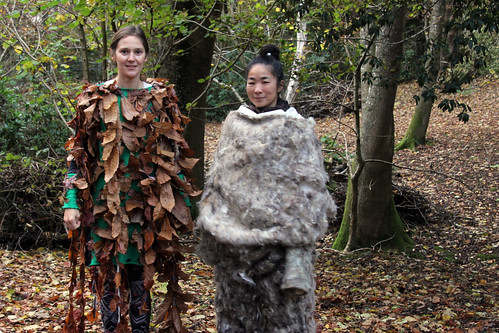
Day 17 – Thursday 24/11/2016
OUR LAST DAY:-(
Tall Monster
Played by Eva.
Leaf Monster
Played by Isiah.
Mushroom Monster
Played by Sophia.
Day 16 – Wednesday 23/11/2016
Today the monsters perform their ritual in the woods. And as always the technology is not working as smoothly as it did when we tested it the night before. Mounting the wireless brains and sensors underneath and around the costumes is not so simple.
The programming for the LED eyes is finished, but when we tested with the paper mache eyeball, it did not look right. So unfortunately we did not use them. We had few ideas to make it into another monster though.
Day 15 – Tuesday 22/11/2016
Change of plan. The paper mache dome for the leaf monster doesn’t look right, the leaves drape better directly from the body. This means the dome is free and can be used for the mushroom head. It looks much more “mushroomy”… but how does the rest of the mushroom come together?
Eva peels off the top layer of spoor skin from the large mushroom she collected. It feels like thick rubber/silicone and the surface has an amazing reflective quality. She says she wants to sew something from it.
we are in a big rush finishing up all the costumes. Isaiah and Aden got the leaf monster costume going with hot glue gun attaching long string of leafs from the shoulder parts and filing the gap by sticking individual leafs.
Eva prepares the fabric strips to make the mushroom gills. We still have to figure out how this is attached onto the top. Mika finishes the suit made out of 2nd hand sweaters. This will become the stem part of the mushroom. It looks a bit (a lot) like disco pants with silver flair bottom and gets a lot of criticism. With few adjustments, it is starting to look more like a stem of mushroom than disco pants.
Tianan is working on the Arduino programming to make the eye glow in the dark with LEDs. He gets the fading going!
As we changed the plan to use paper mache for mushroom top, we worked on the top to cover it with the blue organza so it looks like shiny blue mushroom.
We work late to finish off the monster costumes and get the wireless sensor->instrument network working. It works!
Day 14 – Monday 21/11/2016
The mushroom monster costume is only slowly coming together… we pad an umbrella with stuffing and bags and cover it in blue fabric… but it still looks like an umbrella…
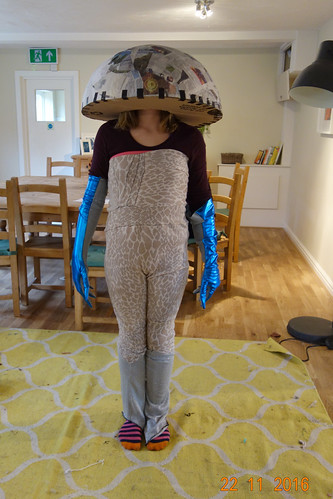
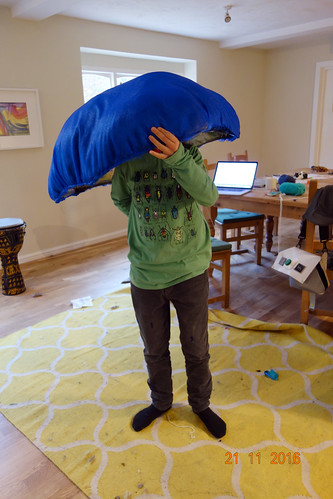
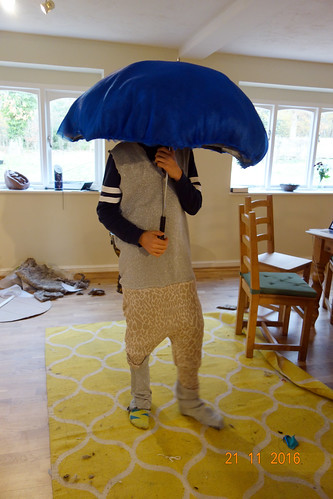
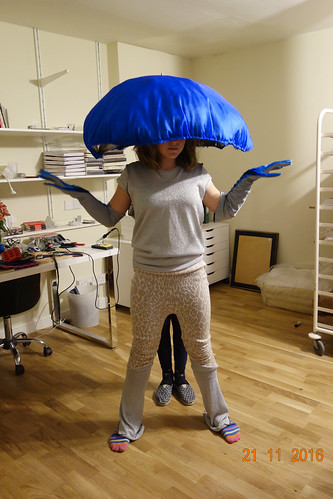
Eva is finishing up the long finger gloves for Mushroom monster. The blue shiny stretch fabric is quite tricky to sew with the sewing machine…
Weekend 3
Day 13 – Friday 18/11/2016
The first acorn glove is done: Sophia worked hard to finish this. I can not believe how many pins went into the gloves!
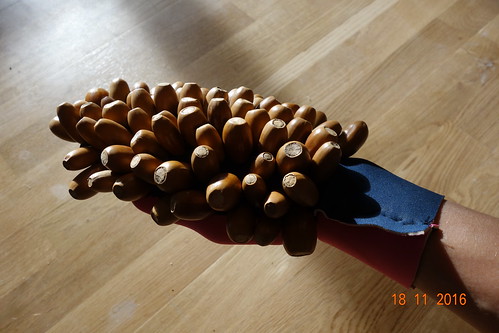
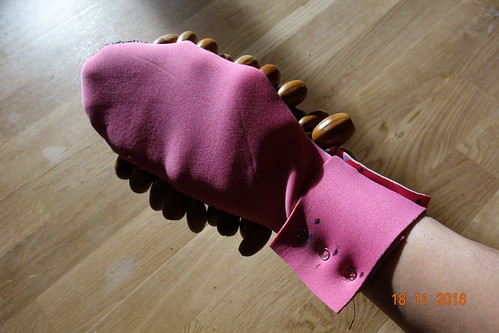
The tall monster comes together.. Felting every connection to make it seamless is a lot of work.
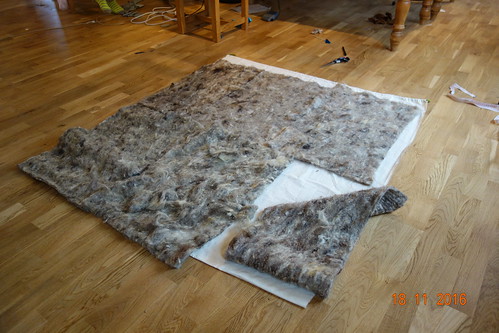
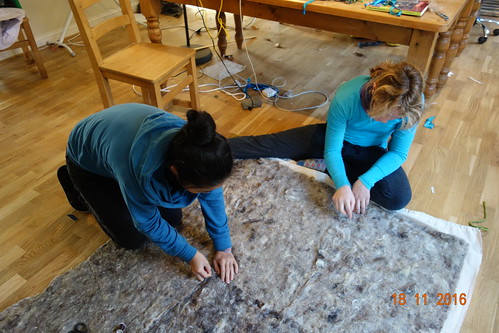
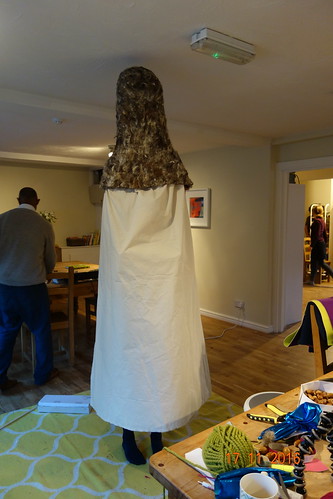
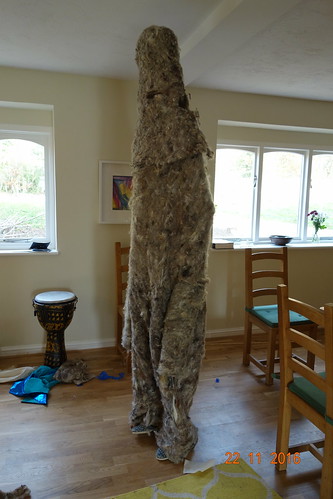
These felted finger puppets made by Isaih’s mother are inspiring:
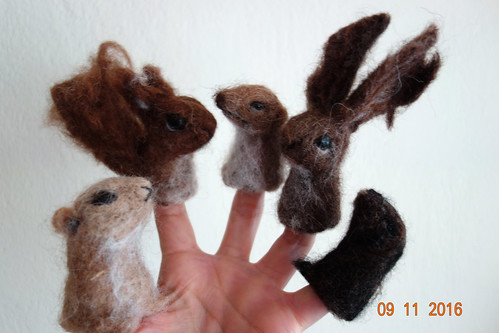
Day 12 – Thursday 17/11/2016
Gluing leaves. Tons of leaves. Making acorn gloves. Sewing long fingered gloves…
Day 11 – Wednesday 16/11/2016
Today we MUST start building the costumes. We only have 5 working days left.
The algorithm gets tested. Eva bring in a card game that provides constant rhythm. We try the algorithm with constant rhythm. It works, but how to proceed from here? We all feel the need to make costumes so that we can dress up and start playing the part. Quickly we make decisions for the final three monsters:
1) Leaf Monster
2) Tall Monster
3) Mushroom Monster
Out into the wood to collect our materials. The shopping list contains:
– lots of leaves
– moss
– acorns
– berries
– pine cones
We are lucky to get a lot of insulation packaging material from our house-mate it is made of real sheep wool and will make for great monster fur.
We spend the evening drying, pressing and ironing leaves for the leaf monster
Each monster will have two sensors that capture the “ding” and “dong” movements it makes to play the algorithm game. These sensors will be wired to a central “monster brain” which communicates which gesture the monster has made over a wireless communication network called XBee/Zigbee. Because we don’t know exactly where the sensors will have to go, we design a modular system with the brains mounted on bracelets and snap connectors that can connect to the sensor’s wire leads.
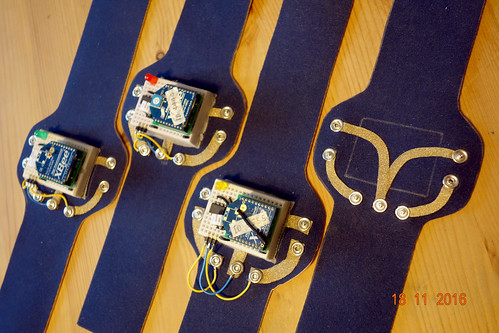
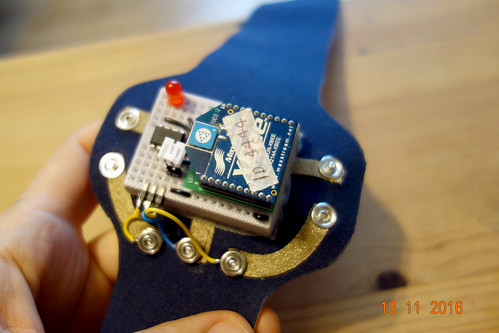
Day 10 – Tuesday 15/11/2016
While lino-cutting and printing we discuss who the monsters are. Why do they live in the woods? Why do they come out? What are they doing when we encounter them?
The supermoon awakens them… the last time they were awake was during WWII… they are scared of humans… they can’t see humans, only the affects humans have on the world… they perform a ritual to banish humans from the woods… the kidnap and tie up the elementary children (no, not this again:-)
What are the acts of this ritual? the symbolism?
What if the monsters are awakened by the supermoon to perform a ritual that calculates the universe? How do you calculate the universe? What does it mean to calculate the universe?
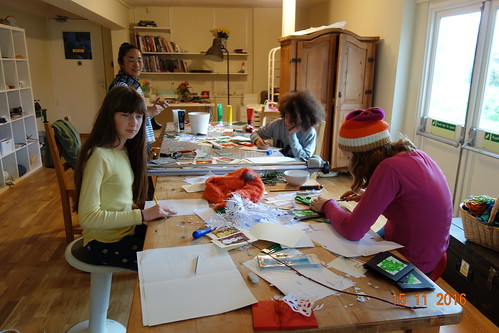
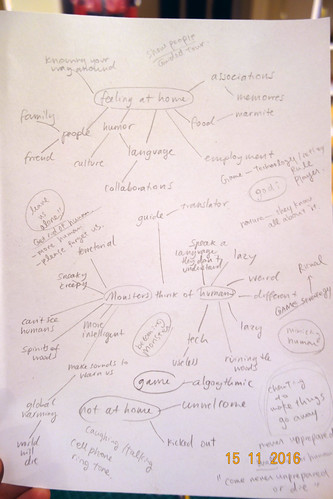
The following example shows an XOR (Exclusive or) gate translated into an algorithmic percussive performance. Mika performed this ritual when she began her studies at IAMAS as part of the introduction to algorithmic music. The ritual/composition is made by Prof. Miwa.
http://www.iamas.ac.jp/~mmiwa/XORensemble.html
Instead of bell and castanets, we used “Ding” and “Dong” as 2 states. When the last person plays Ding, you play the same as the last one, while if the person plays Dong, you switch what you were doing the last. We later used maracas and drums to play this game. It is not easy to play fast without making mistakes.
Day 9 – Monday 14/11/2016
Mika sketches a scene of three monsters gathered in the woods to perform. The monsters are a mix from everybody’s sketches.
We go into the woods together and try out the “Wizard of Oz” experiment to see if our ideas play out the way we imagined they would. Most of the instruments we built are too quiet to hear in the woods except the solenoid knocker… and we have a hard time getting into character without costumes or props to help us. The imagination is there, but still it is hard to pretend to be something you are not when there are no visual cues to help you out.
Long Weekend 2
Away in Manchester for Make:Shift.
What we saw:
– The Growing Lab >> http://www.corpuscoli.com/projects/the-growing-lab/
– Modern Naturalism >> http://www.modernnaturalism.com/
– Cultural roles of makerspaces >> https://issuu.com/deehalligan/docs/fno_report
Day 8 – Wednesday 9/11/2016
We go on a tour of the woods, past the clearing and mushroom cove, right down past the swamp and the to the pine trees. We find monster nests and lots of tiny pine cones.
We pick this clearing in the woods for a place where the monsters could meet:
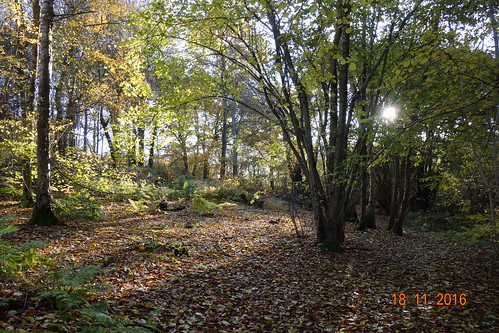
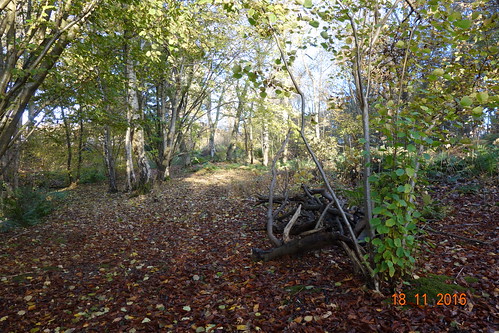
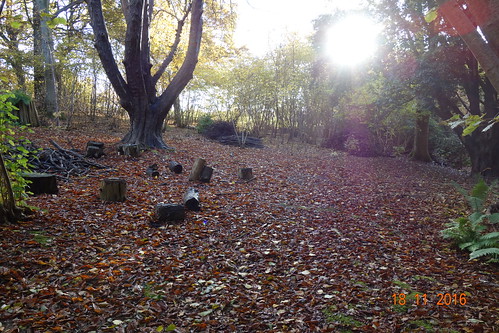
We begin making some material experiments to think about how the monster/s could look:
Thorny Fingers
Acorn Fur
Leaf Body
Some nice ideas are emerging. Isaiah suggests the leaf monster should be able to hide in the pile of fallen leaf, so no one can see it is there. Acorn with pins and neoprene makes really interesting surface, and Hannah, Eva and Sophia has been talking about how else they can use it in the costume.
Day 7 – Tuesday 8/11/2016
The work on making mechanical instruments is not going so smoothly. It is not our specialty, and we struggle to get some simple mechanisms working that will produce loud enough sound. And sounds that are rich and interesting. We consider using speakers, but the simplicity and independence from complicated hardware, brings us back to making sounds by physically banging things together.
Acorn Vibraphone
Leaf Rattler
Finger Chopper
Solenoid knocker
Berry Flicker
Branch Banger
Also, now is the time to begin documenting. We want to capture our process in photographs and videos so that we can keep a diary and look back and see what steps we went through in traversing from our vague initial ideas to whatever the outcome will be.
Luca has experience filming and editing and volunteers to be our cameraman.
Day 6 – Monday 7/11/2016
We present our idea to the YPC. They want the monster to scare the younger children… to kidnap and tie-up children from the elementary class. They say the monster is scary… why is it scary? Why are we scared of some things, but not others? What makes us scared? The unknown… so if we are making these monsters ourselves, they will no longer be scary to us. But does a monster need to be scary? Could it also be friendly? Should we refer to it as a “monster”, or would a different descriptor help us think differently? Gnome, spirit, beast, sorcerer, thing, beeing, creature….
We take notes as everybody throws out their ideas:
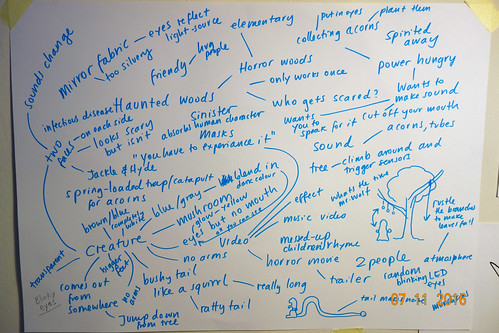
Mika brings in some sketches of what she imagines a monster could look like. Taking these as a starting point we try to imagine what could be living in the woods.
Here are some reference projects for the kinds of mechanisms we’d like to be able to build for making sound:
Inspiration
Works by Bernie Llubell
http://artadia.org/artist/bernie-lubell/
Marble machine by winter gatan
Arthur Ganson’s machines
http://arthurganson.com/home/
We go out into the woods to collect materials and try making some sounds by banging sticks against tree-trunks.
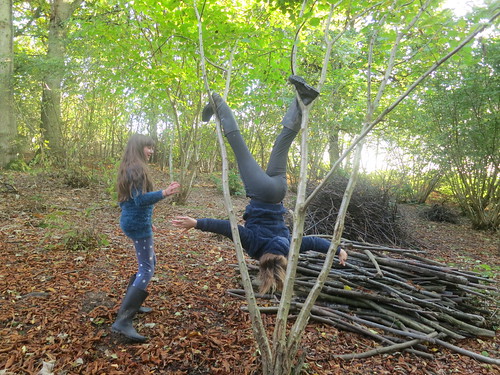
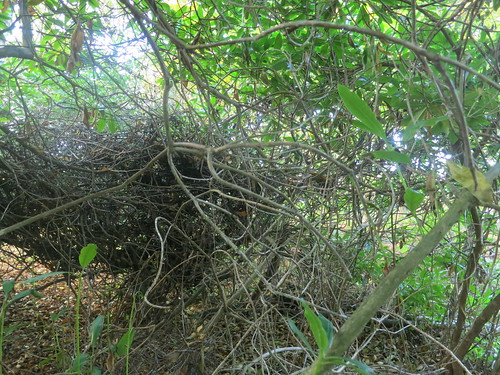
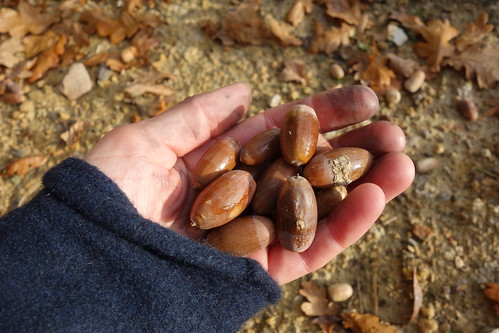
Back in the school we arrange the materials on the table…
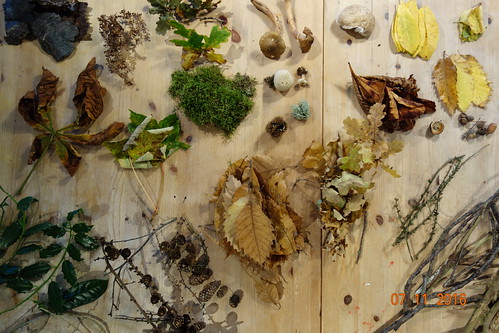
Weekend 1
We prepare to propose our project to the students. Making a demo of the wireless communication setup, sketching ideas, researching mechanisms for making sound, collecting materials, and starting this documentation.
The Creature
Inspired by Where the Wild Things are”, Totoro, Nick Cave…



Wireless Communication Demo
Simple sensor/actuator pair demo with ATTINY45, pressure sensor DC motor.
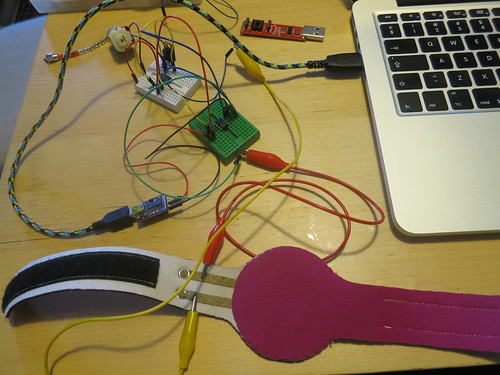
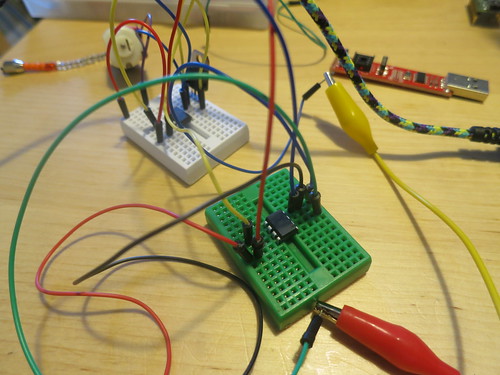
The circuit is set up on a small breadboard with jumper cables. We used ATTINY45 to prototype this. to program ATTINY45, we used USB ISP programmer.
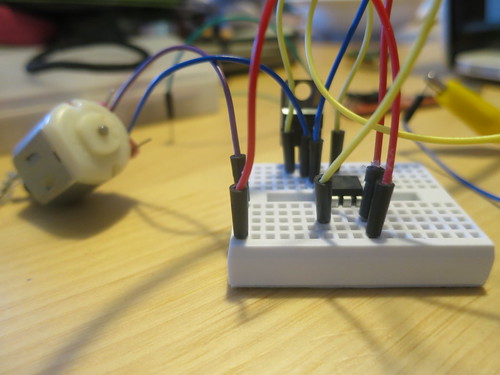
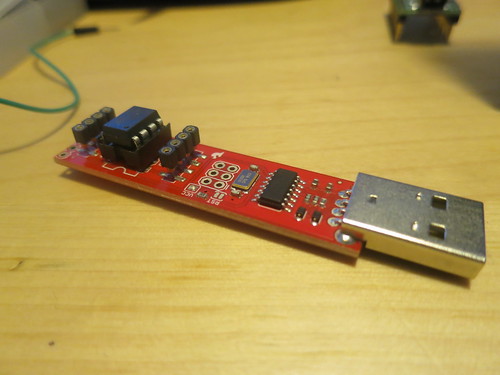
code: http://github.com/mikst/in-the-woods
Sound-Making Mechanisms
Mechanical Movements by Henry T. Brown has been animated for the Internet. Here are some mechanisms that might be good for making loud sounds:
Dropping >> http://507movements.com/mm_085.html
Thuner maker >> http://www.piikeastreet.com/2012/10/thunder-noise-maker/
Day 5 – Friday 4/11/2016
First rainy day. We start planning what could happen “in the woods”, and prepare to present our ideas to the students on Monday. We’d like for it to become a collaboration with them.
There are only 3 weeks (12 days!) left. This is the rough schedule we propose:
Week 1:
– brainstorm ideas
– sketch ideas
– collect materials in the woods
– experiment with making loud sounds using motors
Week 2:
– experiment with materials for making costumes
– decide which gestures/movements we want and what sensors will detect these movements
– prototype the costumes
– go into the woods to do a Wizard of Oz experiment
– finalize the costume designs
– start building the costumes
Week 3:
– make costumes
– rehearse
– perform
Day 4 – Thursday 3/11/2016
We arrive at the school and help clear shrubs from the edge of the wall for the duck enclosure. Mark the music teacher is in that day and we re-program the Sensor Demo Teensy to send out midi signals so that it can be read directly by Logic.
Eva has been sewing mice filled with lentils and rice and we have a first go at implementing a simple circuit that has the mouses eyes light up the harder you pull the tail.
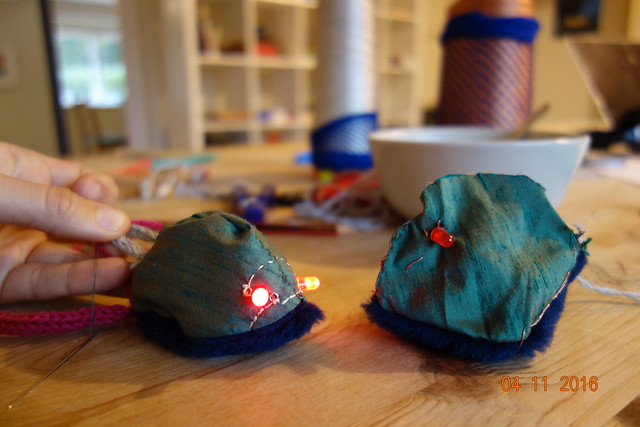
Isaiah begins building a foot controller for one of the Scratch games he has programmed.
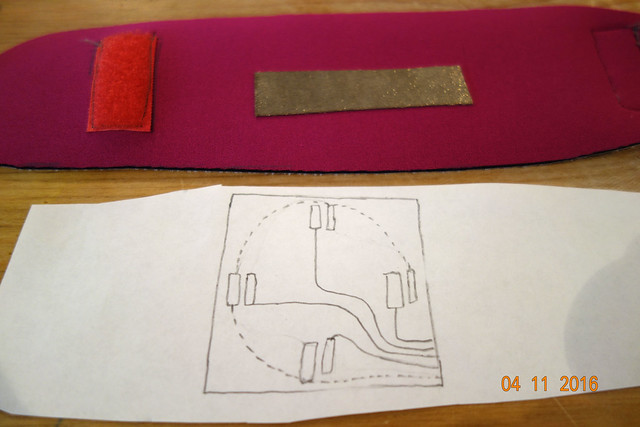
Day 3 – Wednesday 2/11/2016
After lunch we present some examples of previous KOBAKANT collaborations. Massage me, Eight Steps, How To Get What You Want. As well as very recent projects: Mika’s performance at Paillard and Hannah’s Wearable Studio Practice.
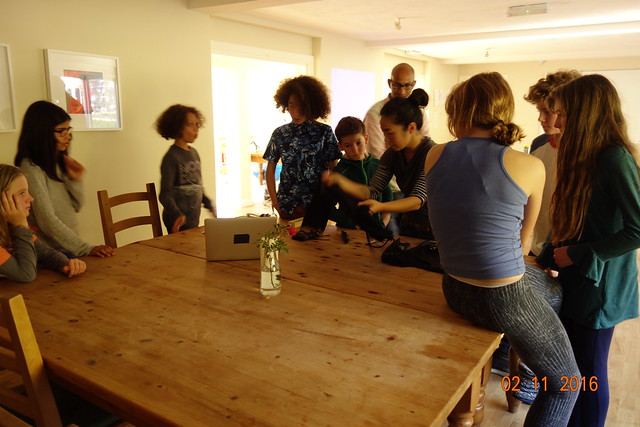
Day 2 – Tuesday 1/11/2016
Building our Textile Sensor Demo Station continues. We wire up a Teensy on a breadboard with different potentiometer values for each analog input (10K, 100K, 500K, 1M). And package it in a Tupperware box.
Day 1 – Monday 31/10/2016
After an hour bike ride from Lewes, we arrive at the school around 9am. We setup our studio space in the YPC space. A table for sewing and a big one for working.
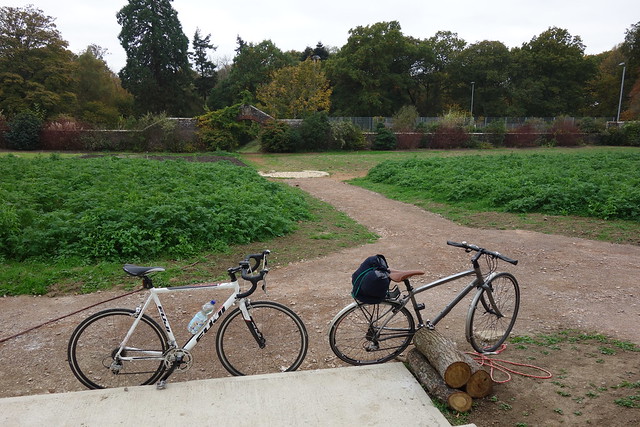
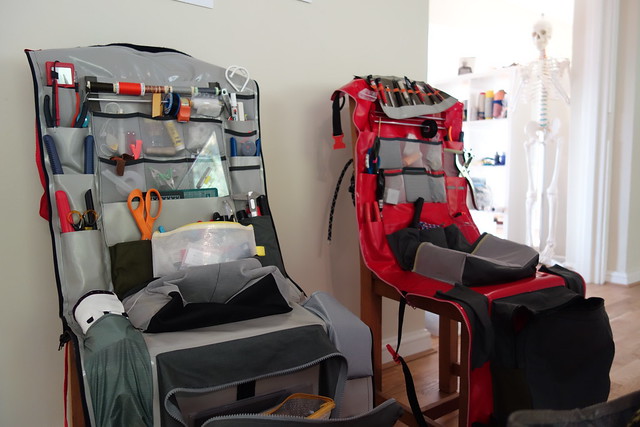
All of the students will be back from their half term break on Wednesday and we decide to give a short presentation of our work then. We want to show physical examples of the kinds of sensors you can build from various conductive materials, but didn’t pack any of our previous demos, so we decide to build a Textile Sensor Demo Station with an emphasis on wearing these sensors so that they capture movements of the human body.
Textile Sensor Demo Station includes:


